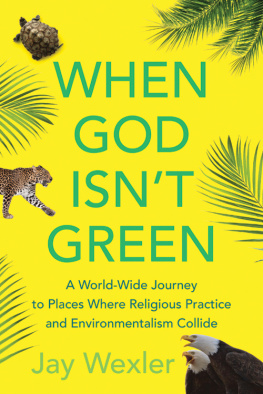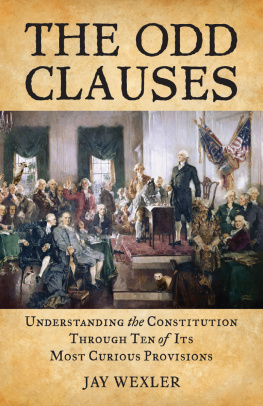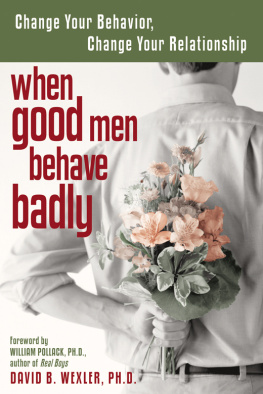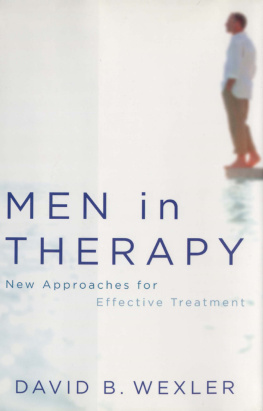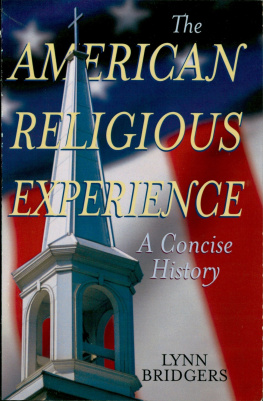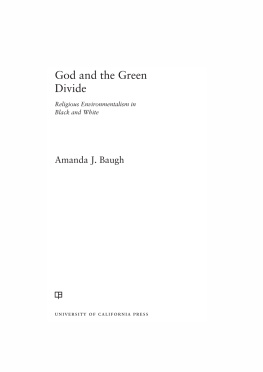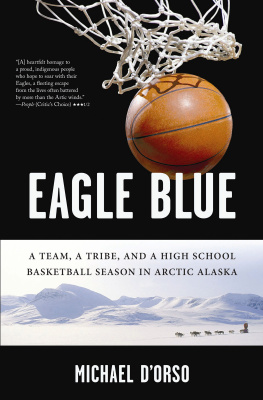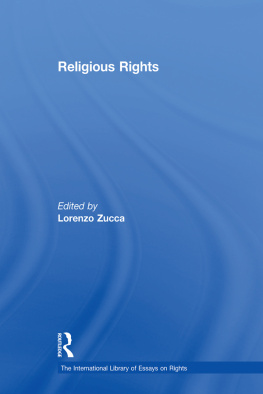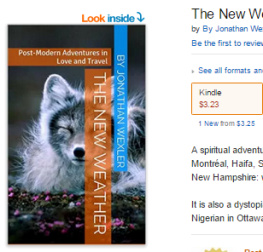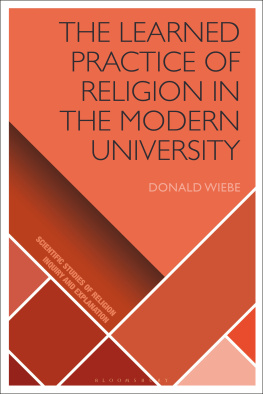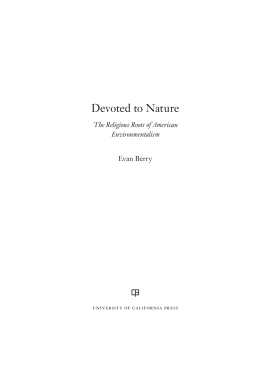
For Karen
INTRODUCTION
The Rocky Mountain Arsenal National Wildlife Refuge is a straight shot up Havana Street, off I-70 just east of downtown Denver, past an Office Depot and the national headquarters of a company called Scotts Liquid Gold. No signs point to the refuge, which was created on the site of a chemical munitions facility back in the mid-1990s and is now home to a herd of bison, dozens of burrowing owls, and countless furry prairie dogs. The entrance is hardly inviting, although the officer working the booth there kindly directed me two miles north to the collection of administration buildings, where I found the National Eagle Repository, a macabre little division of the US Fish and Wildlife Service that collects dead bald eagles and golden eagles and sends them (and their parts) to members of federally recognized Native American tribes that use them in religious rituals.
Applying to the repository is the primary way to legally get hold of any part of either eagle species in the United States. The Bald and Golden Eagle Protection Act of 1940 punishes unauthorized possession of eagle parts with a hefty fine and possible prison time. Although the repository serves an important need, it is highly controversial. After all, its a rare Native American who thrills at the idea of applying to the United States government for permission to own what he or she believes is a sacred object central to a religious practice.
I had come to the repository to speak with its director, Bernadette Atencio. When I met her, she was dressed in a khaki FWS uniform, holding a mug that said CHICAGO , and looking serious. She did not seem very happy to see me, which I guess was not much of a shockfrom her perspective, what good could possibly come from talking to a nerdy East Coast academic? As it turned out, however, Atencio was quite forthcoming. First we talked numbers. The repository, which has been in the area since 1995previously it was in Oregon, and before that, in Pocatello, Idahoreceives about two thousand eagles a year, two-thirds of them bald eagles. Atencio quickly compared that number with the much larger number of pending applicationsover six thousand still waiting to be filled, most of them for whole birds, rather than feathers or other parts. The eagles come from all over, generally from state fish and wildlife officials who either find the birds or are contacted by private individuals who have found them. Demand has increased significantly in recent years as the word has gotten out that the repository is the place to go for legal eagles. Large feather orders, in particular, have increased over the past few years, but these are difficult to fill as well. Plucking takes time, Atencio pointed out. You cant always get the perfect feathers.
Atencio talked a lot about the condition of the birds that arrive at the repository. Most have been lying out in the wild before someone finds them and sends them in. By the time the birds show up in Denver, theyre often infested with bugs or in pieces. A wing hanging here, Atencio said, a leg hanging there. When the repository cannot use the whole bird, the staff members piece them out, meaning that they put together the claws from one bird with the wings of another and a torso from yet another, to make a whole bird. Atencio stressed the care and detail that the repository staff exercises when processing the birds. Several times, she described her mission as basically customer service. Running a dead-eagle processing agency is not a job for everyone, but for Atencio, who describes her work as a passion, it seems a perfect fit.
I asked if we could take a look around, and Atencio led me on a tour of the facility. From a corridor, I peered through a glass window into the cavernous, science-lab-looking room where they process the eagles. An enormous pallet stacked with nearly 170 identical Federal Express boxes was waiting to be taken away. Each box, according to Atencio, contained a set of loose feathers. As a fact sheet explains, the repository fills orders for both Quality Loose Feathers and Miscellaneous Eagle Feathers. The latter consists of various size feathers (such as primaries, secondaries, tail, and plumes). There is no guarantee these feathers will be any good. As the sheet puts it: Quality may vary.
In addition to the eagles, the building that houses the eagle repository also contains the National Wildlife Repository, where the federal government stores illegally killed, traded, and shipped animals and their parts. The repository holds this material until it is no longer needed as evidence in ongoing trials and until it can be sent to a school, a museum, or another institution. We took a look at the warehouse where all the animals and their parts are kept. Seemingly endless rows of gigantic blue shelves stretched back the entire length of a space big enough to park a midsized jet. The aisles were arranged by creature, or type of creature. One nearby was labeled the Elephant, Rhinoceros, Yak, Ostrich, Zebra aisle. As I was talking to Atencio about something or other, I turned my head toward a different aisle. My gaze was returned by a line of tiger heads, each staring out of plastic bags right at me through their dead eyes. Several leopard heads were next to the tigers. Since I had my camera with me, I asked if I could take some pictures. Atencio said no; for security reasons, photography is not allowed in the warehouse. But to my surprise, she said we could go into the eagle processing room, and I could take pictures there. Perhaps, she added, some eagles might have arrived that needed processing. I could watch that. And take pictures.
Really? I asked.
Really, Atencio said.
Sweet!

Perhaps at this point you might be wondering: Why would anybody in his right mind want to visit the National Eagle Repository? Its a good question. The answer is complicated, and it gets to why I wanted to write this book. So let me explain.
At Boston University, Ive taught church-state law for well over a decade. Back in 2007, during my first sabbatical, I spent six months traveling around the country to the cities and towns where landmark Supreme Court law-and-religion cases started. I wanted to see the places and meet the people involved in these controversies that I had previously known only from law books. It was a terrific experience that resulted in my first book, Holy Hullabaloos: A Road Trip to the Battlegrounds of the Church/State Wars. Researching and writing that book was so much fun that when it was over, I found myself wanting to make more trips to legally significant places so I could write about them. Soon after Holy Hullabaloos was published, I happened to come across some cases where Native Americans claimed that they had a First Amendment right to take and possess bald eagles and their feathers. As someone who also teaches environmental law, I found these cases particularly fascinating because they pit two incredibly important interestsreligious freedom and environmental protectionagainst each other. When I learned about the repository, which had to be one of the strangest places Id ever heard of, I couldnt resist. As soon as I found some free time, I booked my flight to Denver.
When I returned home from the repository, I wrote a short piece about the place for a legal journal and decided I would write a book about bald eagles. Should Native American tribes be allowed to take a small number of eagles for their religious practices every year? I didnt know the answer, but I figured that by writing a book on the subject, I could work through for myself just how the government and the legal system should go about balancing the religious freedom and environmental protection interests at stake. I planned to call the book

